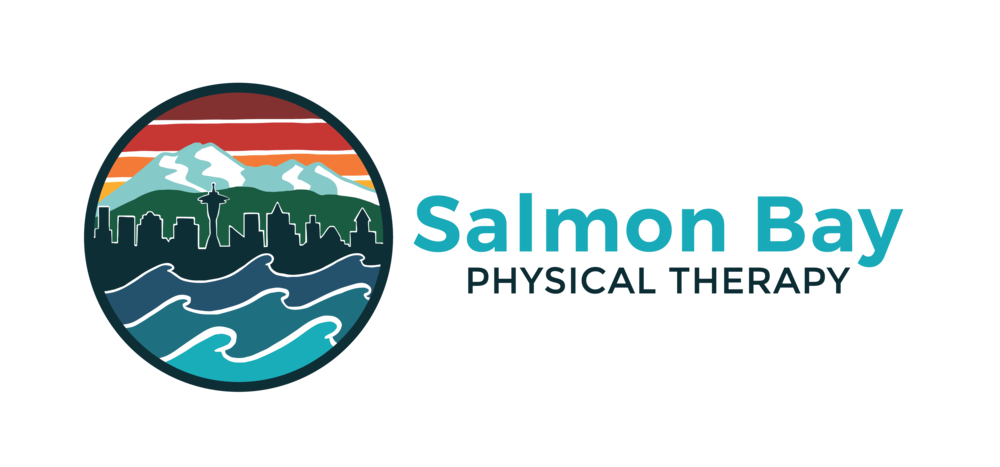Yesterday’s “Move Better” post presented the Triple Hop Test, which is a common rehabilitation test to examine someone’s lower extremity strength, power, and postural stability. The Triple Hop test is often used to determine an individual's readiness to return to sport after an injury. It is often performed in the later stages of rehab following a knee injury or surgery to help assess lower extremity joint stability, coordination, and ability to accelerate and decelerate on one leg.
The Triple Hop Test can help assess lower extremity power, which is the ability to generate a high amount of force quickly. Involvement in sports that require jumping, sprinting and cutting all require lower extremity power in addition to strength and coordination. Having powerful lower extremities allows a person to control and change their momentum quickly when they make contact with the ground. Someone’s quickness and explosiveness is often a good indication of the power of their lower extremities.
To improve power in the lower extremities, it is important to perform movements quickly but safely. Common exercises to improve lower extremity power include sprinting circuits, box jumps, barbell lifts, such as barbell squats and power cleans, kettlebell swings/kettlebell workouts, and plyometric programs. Because power workouts focus on generating muscle force quickly it is important that good form is used at all times during these faster movements to decrease the risk of injury.
Some simple exercises that can be performed to improve lower extremity power with minimal equipment are provided in the video below:
Exercises to improve your lower extremity power can help improve your jumping, quickness, and explosiveness for sport and daily activities. Whether you are involved in sporting or recreational activities, incorporating power exercises into your routine may be worth considering.
Questions? Contact sean@salmonbaypt.com.

